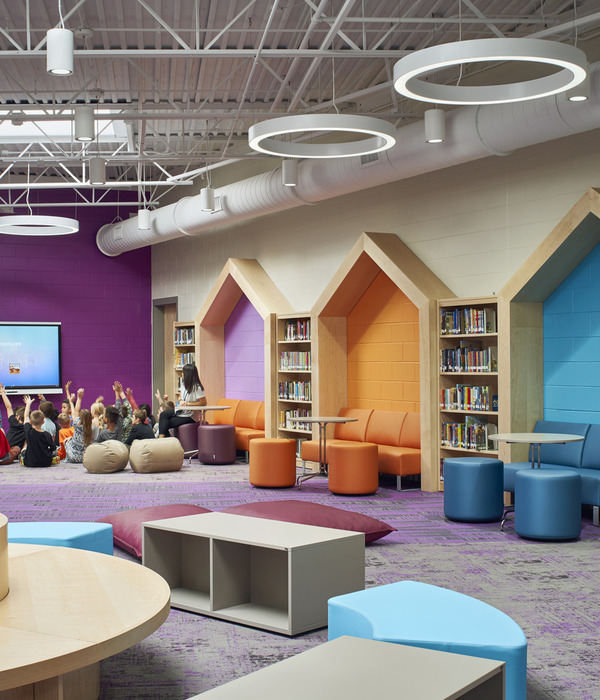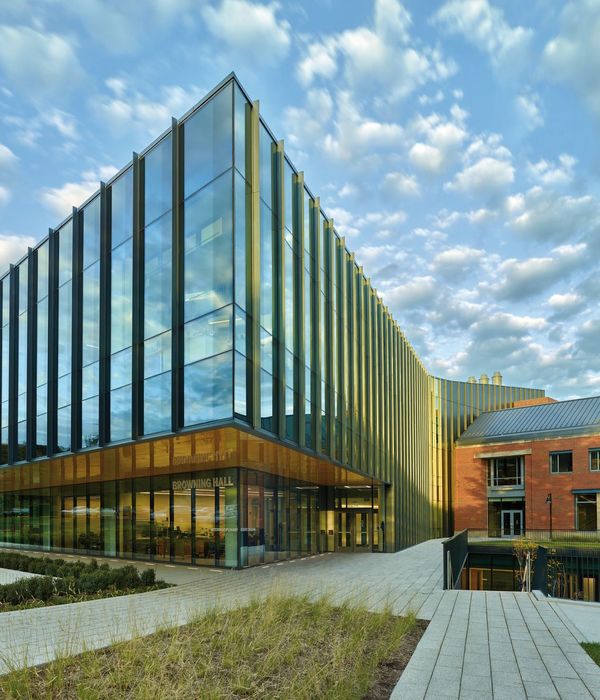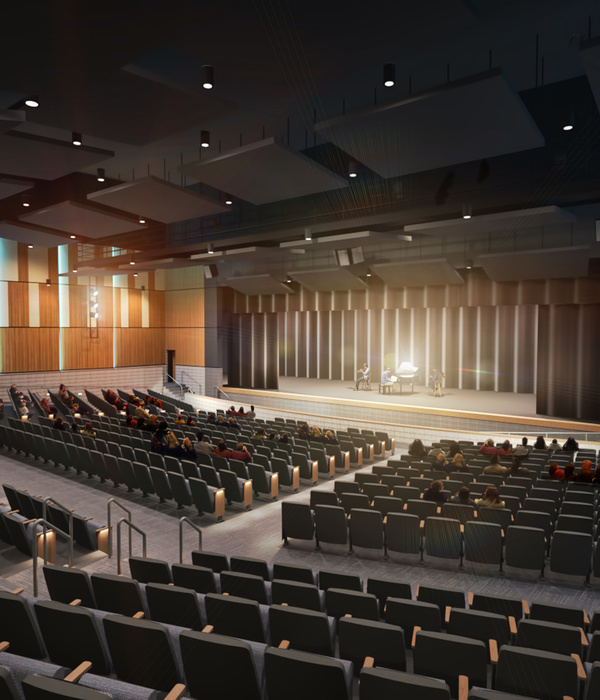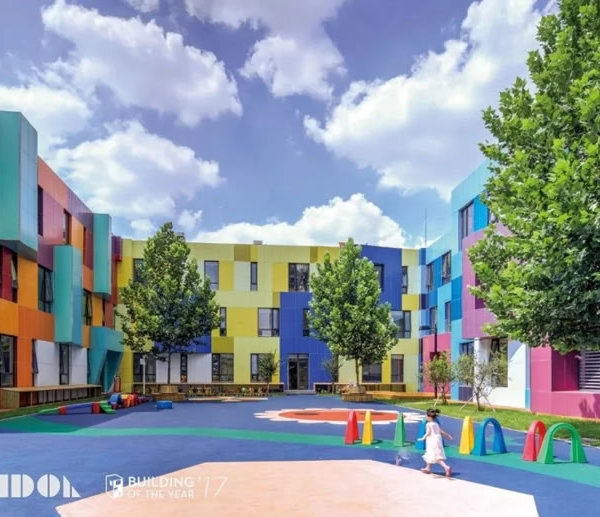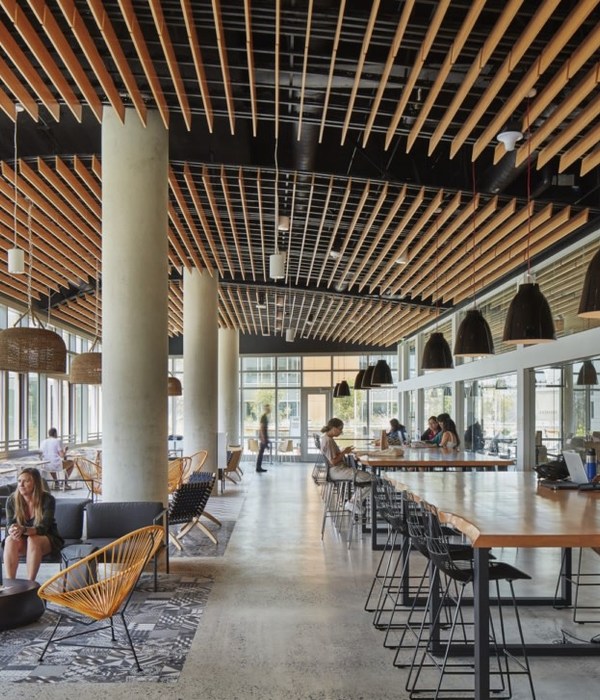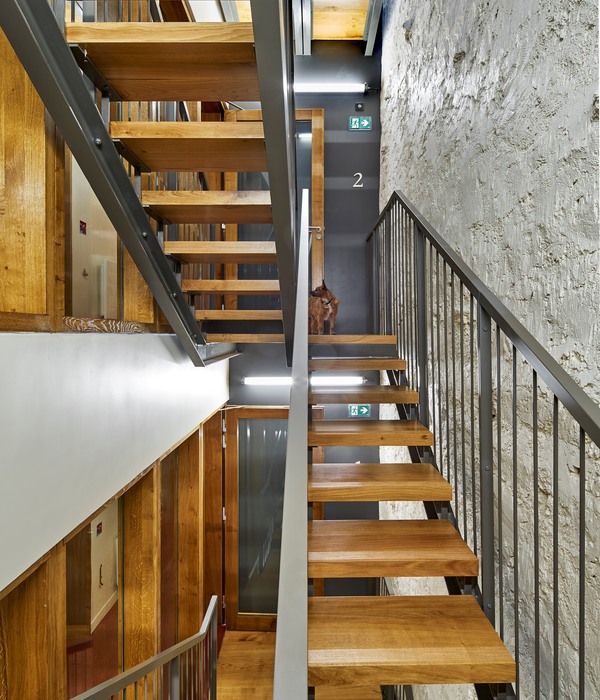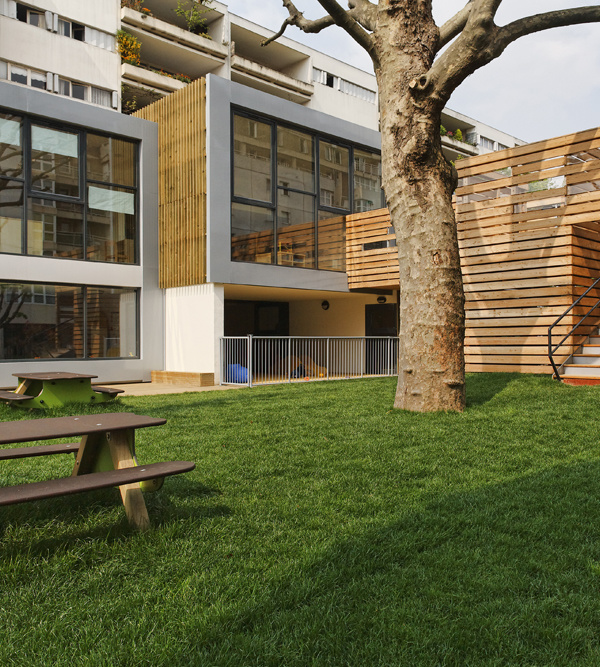Comandante Ferraz Antarctic Station / Studio 41
Architects:Estúdio 41
Area:4916m²
Year:2013
Photographs:Leonardo Finotti,Eron Costin / Estúdio 41
Manufacturers:Schöck
Autors:Emerson Vidigal , Eron Costin, Fabio Henrique Faria, João Gabriel Rosa, Dario Corrêa Durce, Moacir Zancopé Jr.
Design Team:Martin Goic, Fernando Moleta, Felipe Santos, Alexandre Kenji, Rafael Fischer
Mep Projects:AFA CONSULT
Structure:Rui Furtado, Filipe Arteiro
Geotechnical Engineering:Pedro Huergo, Eng. Josiele Patias
Plumbing Design:Paulo Silva, Alexandra Vicente
Mechanical Systems:Marco Carvalho, Isabel Sarmento, Tiago Teixeira
Electrical Systems:Raul Serafim, Luis Oliveira
Telecommunications:Raul Serafim, Luis Oliveira
Fire Protection Systems:Maria da Luz Santiago
Solid Waste Management:João Oliveira
Acoustics:Octávio Inácio
Envoltória:Stephan Heinlein
Conforto E Energia (Petinelli):Arq. Guido Petinelli, Eng. Mecânico Eduardo Brofman, Eng. Bruno Martinez, Eng. Andre Belloni
Conforto E Energia:Eng. Eduardo Ribeiro
Segurança E Prevenção Contra Incêndio:Arq. Carlos Garmatter
Estrutura:Eng. Ricardo Dias
Engenharia Estrutural:AFA CONSULT
Laboratory Built Area:1253,72 m²
Country:Antarctica
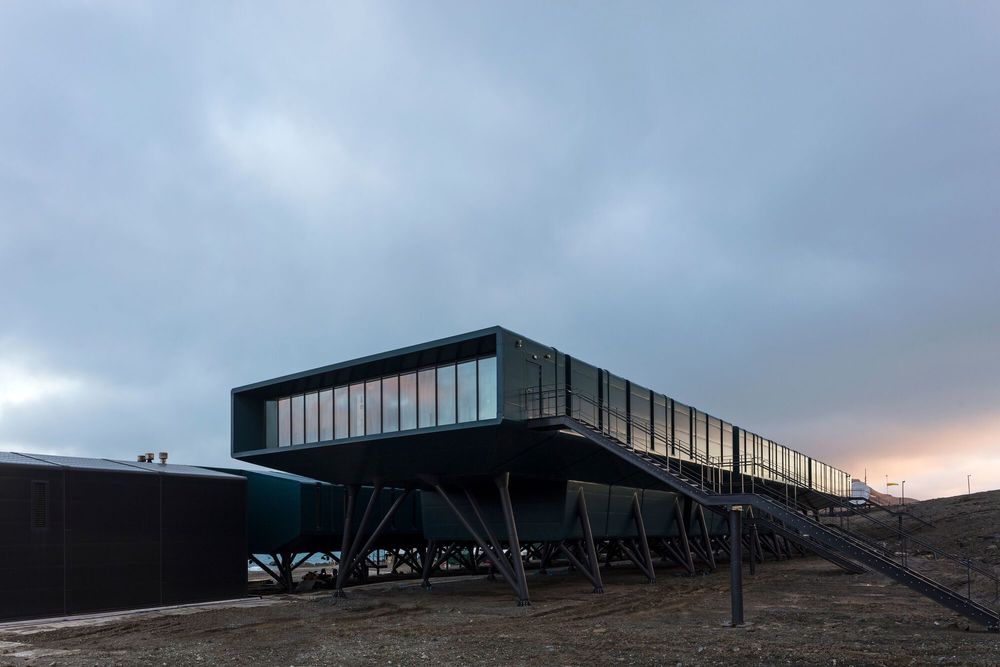
Text description provided by the architects. In certain parts of the planet, nature sometimes creates harsh conditions for the human body. To design a building in these places is almost like building a garment, an artifact that protects and comforts. It is an issue of technological performance, but it must go hand-in-hand with aesthetics. Making humans experience well-being is more than just working on comfort and safety, it is also about exploring the symbolic and sensory aspects of the spaces.
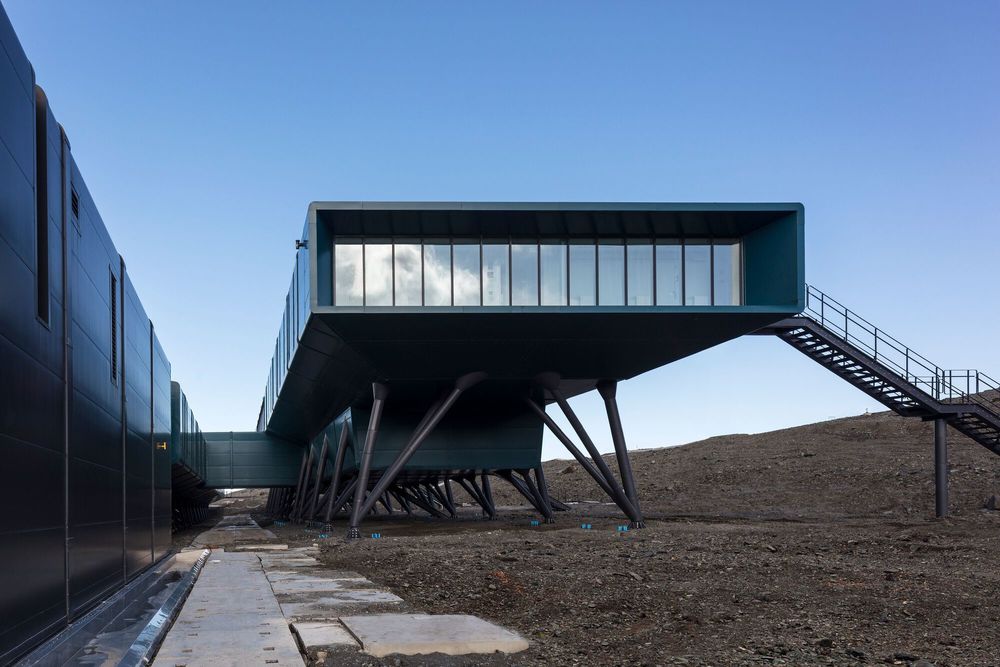

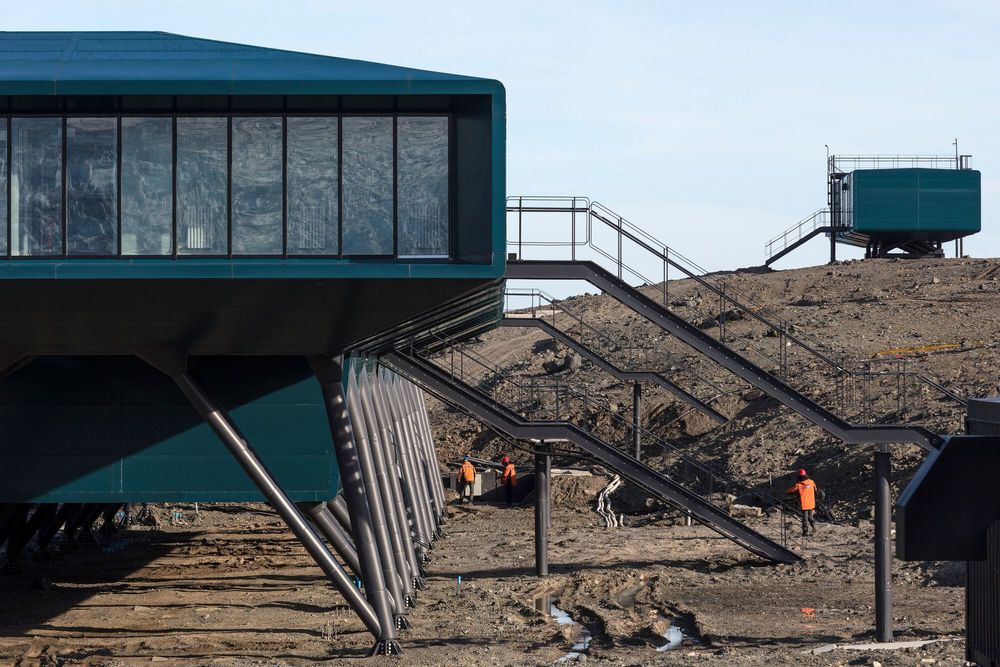
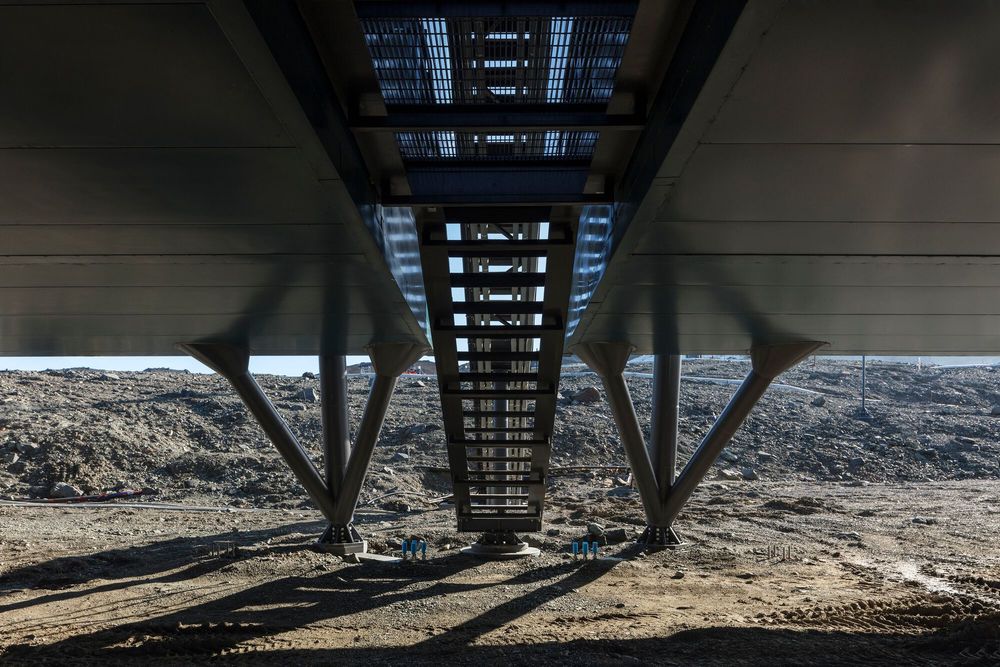
A shelter, a safe place. Brazil's new home in Antarctica. A protective gathering place for the production of scientific knowledge. This is how the task of designing the new Comandante Ferraz Antarctic Station is tackled. This new construction bears the symbolic value of the void left by the fire in 2012; it represents the presence of Brazil in Antarctica as a potential scientific contribution alongside the international community. It also represents an opportunity for technological development for Brazilian architecture and industry.
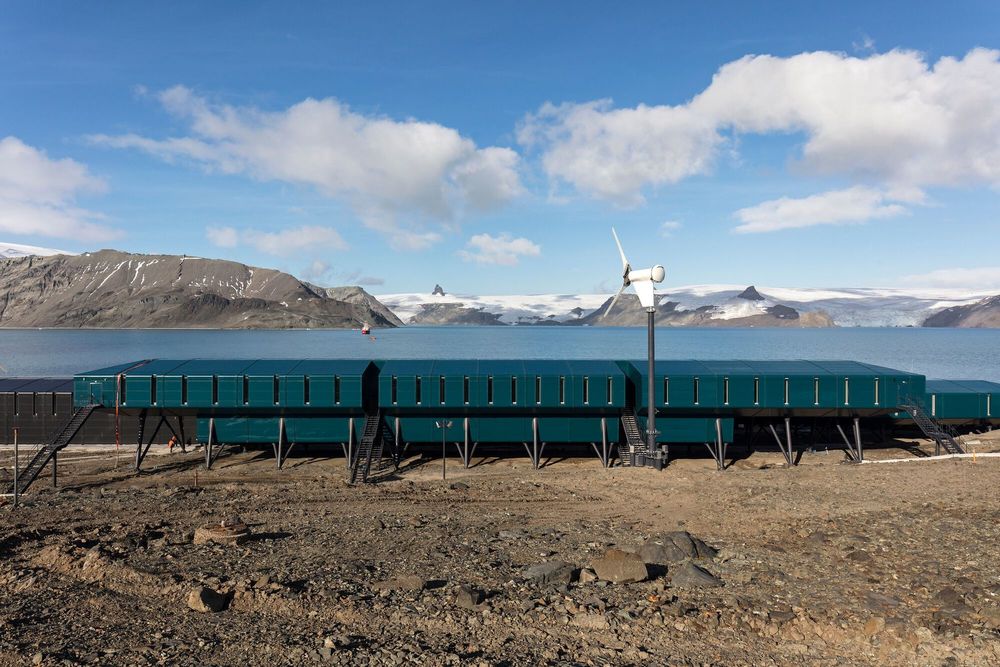
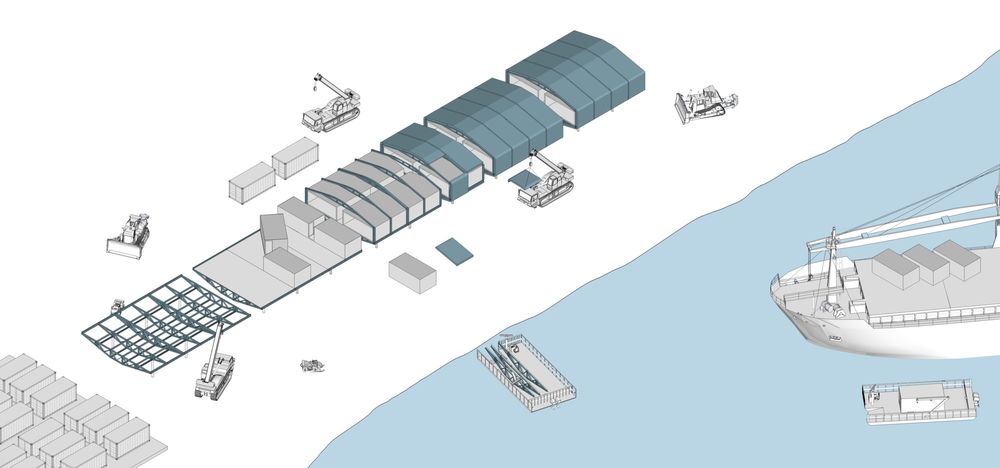
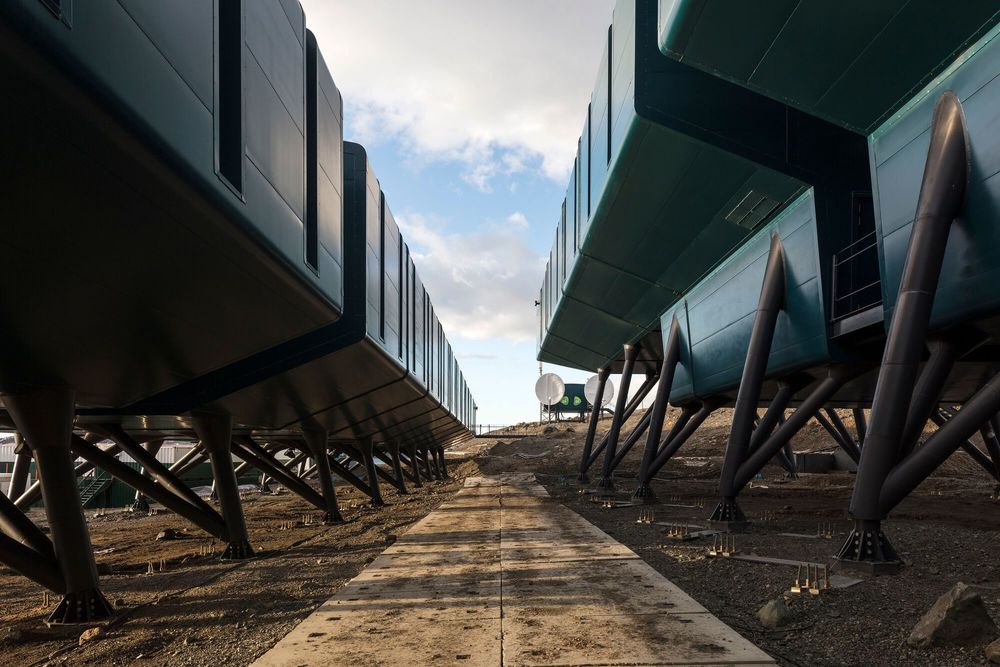
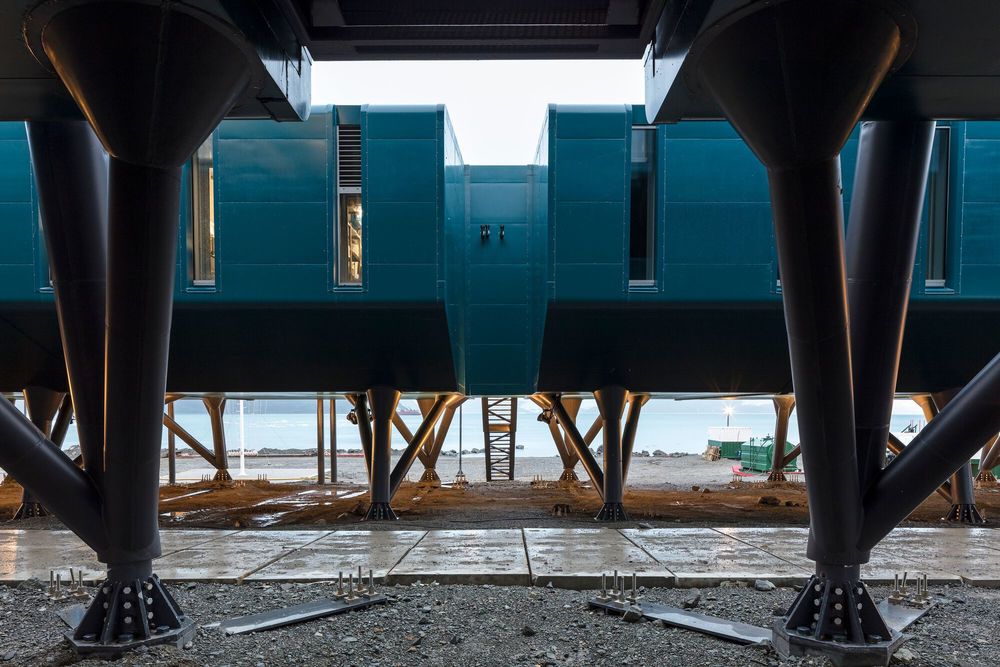
Furthermore, the design process leads us to gradually understand the fragility of human life and how to tackle building, operating, and sensorial issues. Therefore, decisions are made carefully, because one must respect nature and understand that there are challenges to be overcome before achieving the built environment. The following proposal for the Ferraz Station is based on the interpretation of the land and local geographical conditions. The proposed site plan contemplates the Keller Peninsula's topography and local animal and plant life preservation requirements, among other factors. In order to minimize impacts on nature, several environmental zoning requirements have been met.

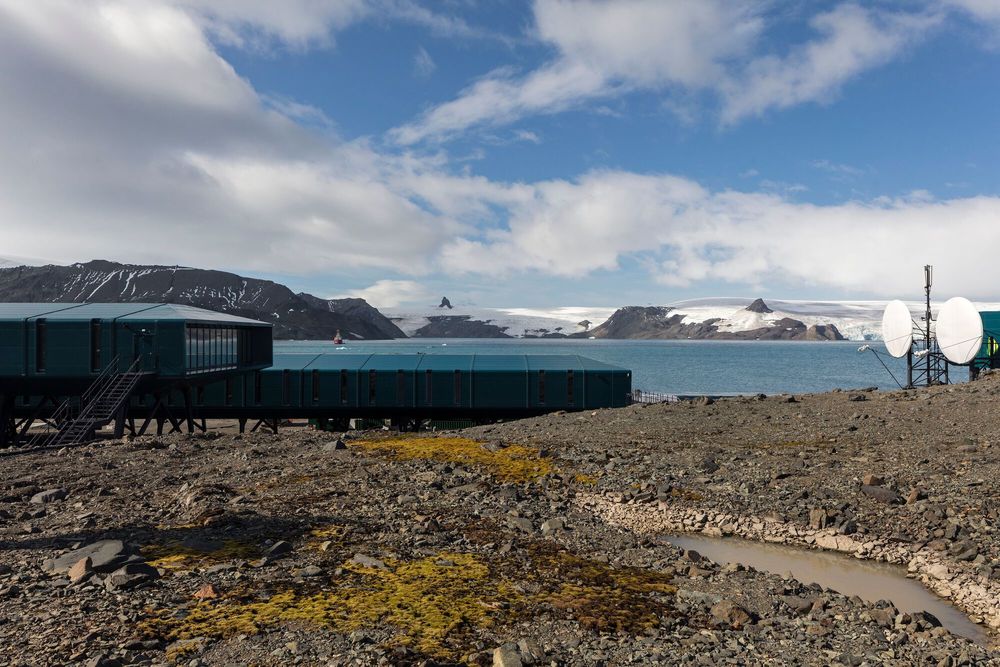
The operational sectors are organized in blocks in which different purposes are distributed. The cabins, laundry areas, and dining/living rooms are located in the upper block, at level +9.10. The lower block, at level +5.95, consists of the laboratories and the operational and maintenance areas. This same block houses the garages and the central storeroom, located on level +2.50. A transversal block, also at level +5.95, combines the living and meeting areas. The video-room/auditorium, internet café, meeting/conference room, library, and living room are located in this section. The site plan is complemented by photovoltaic panels to the north and VAWT wind turbines to the southwest.
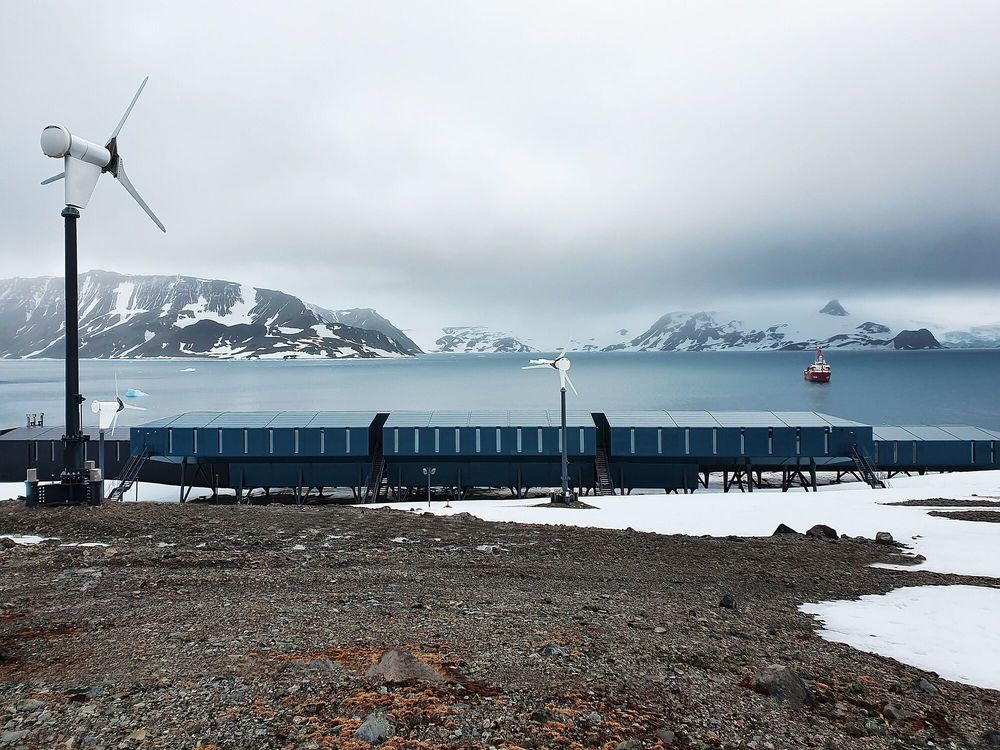
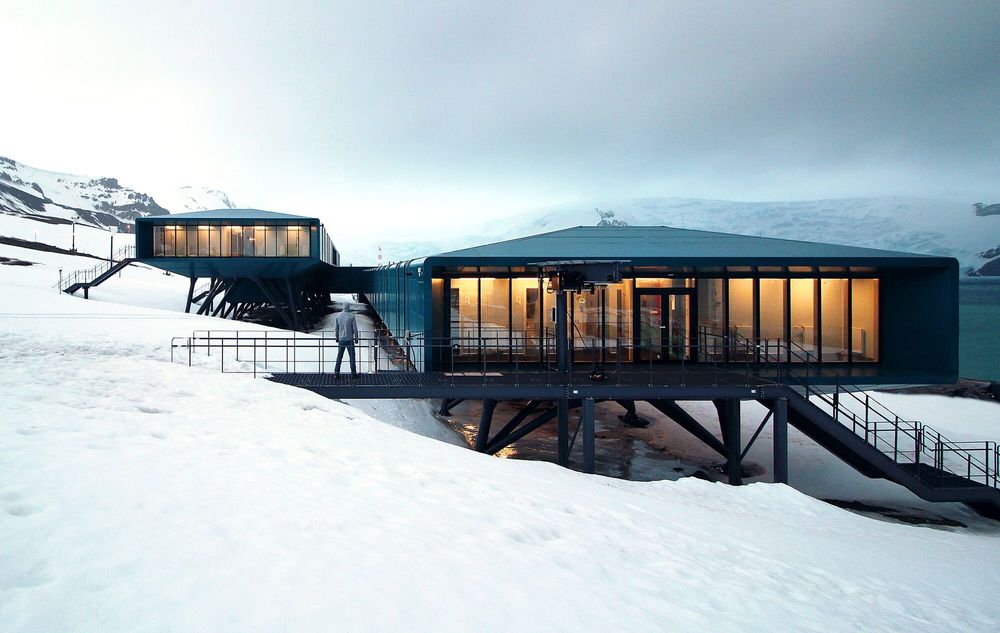
Project gallery
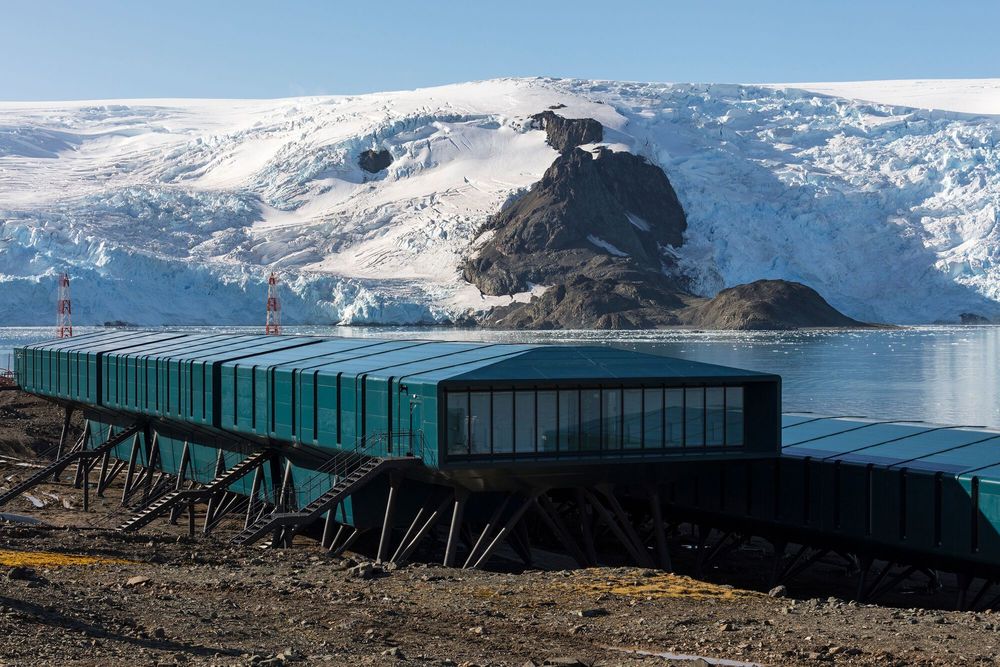


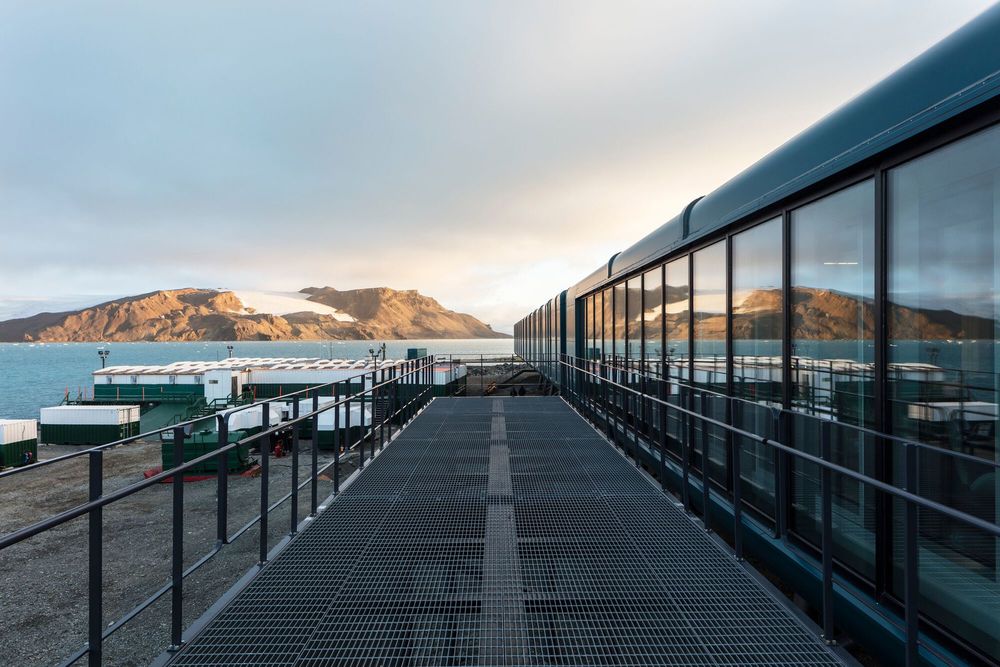
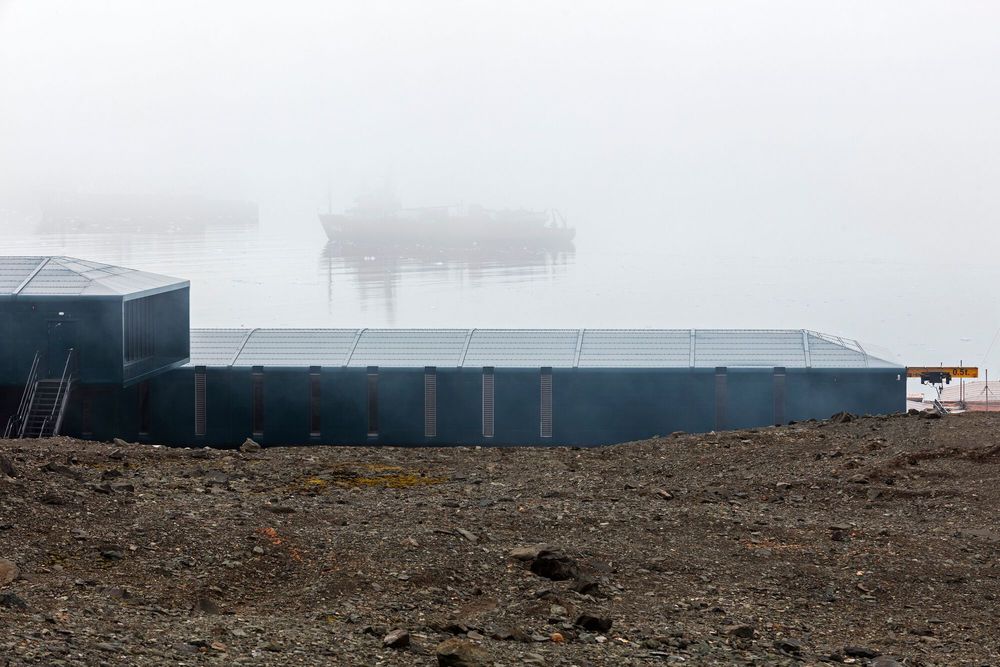
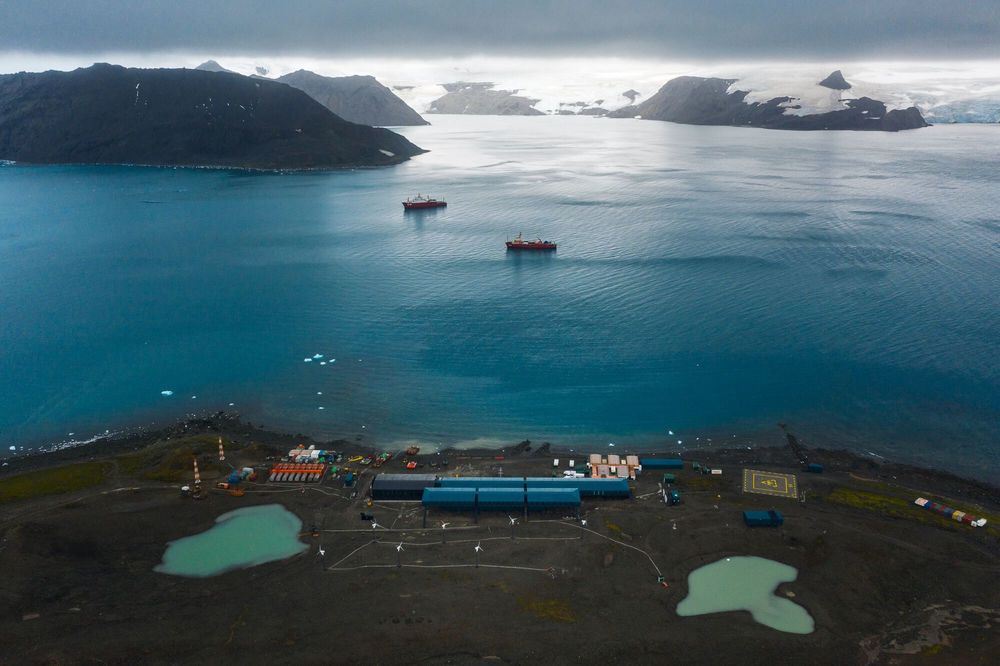

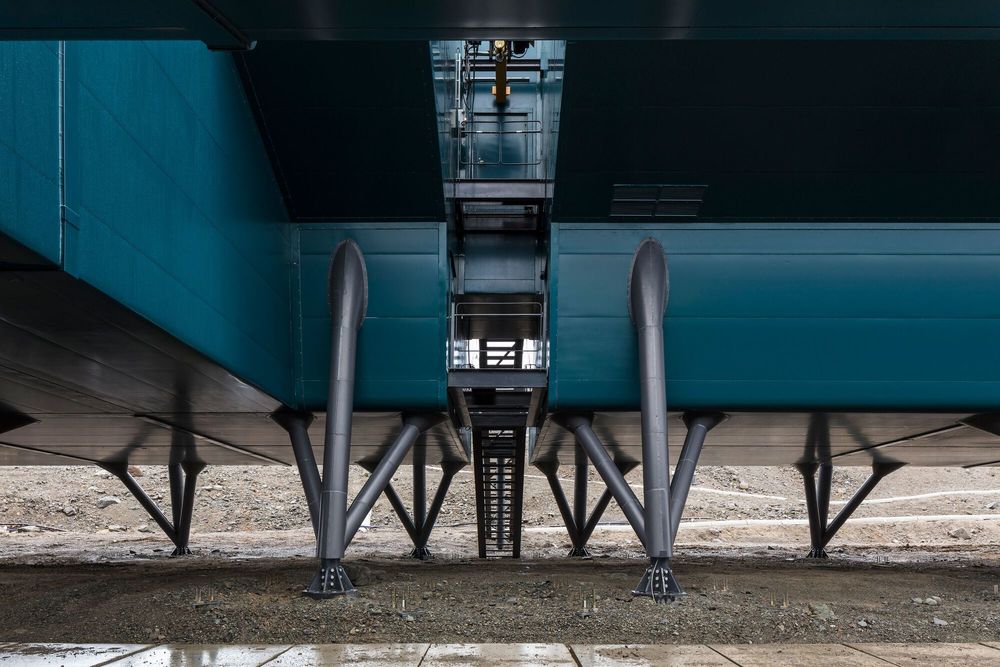


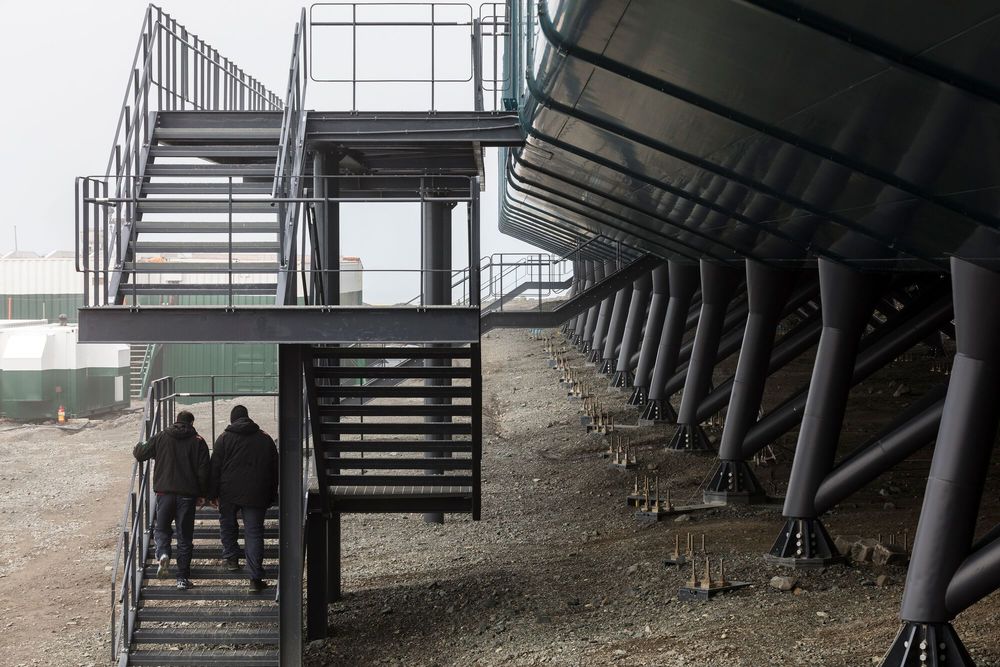
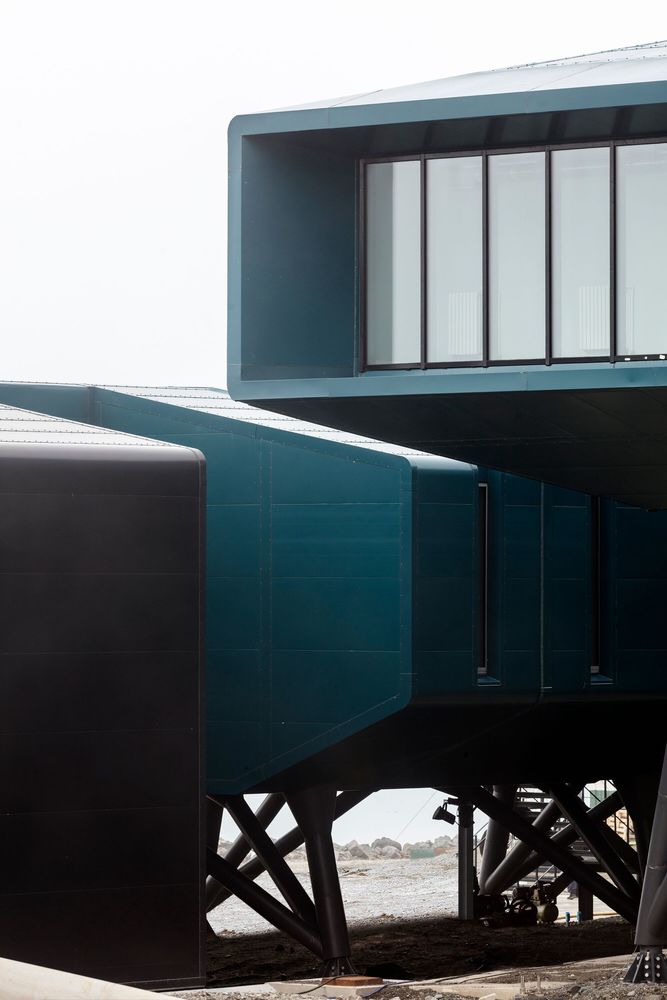
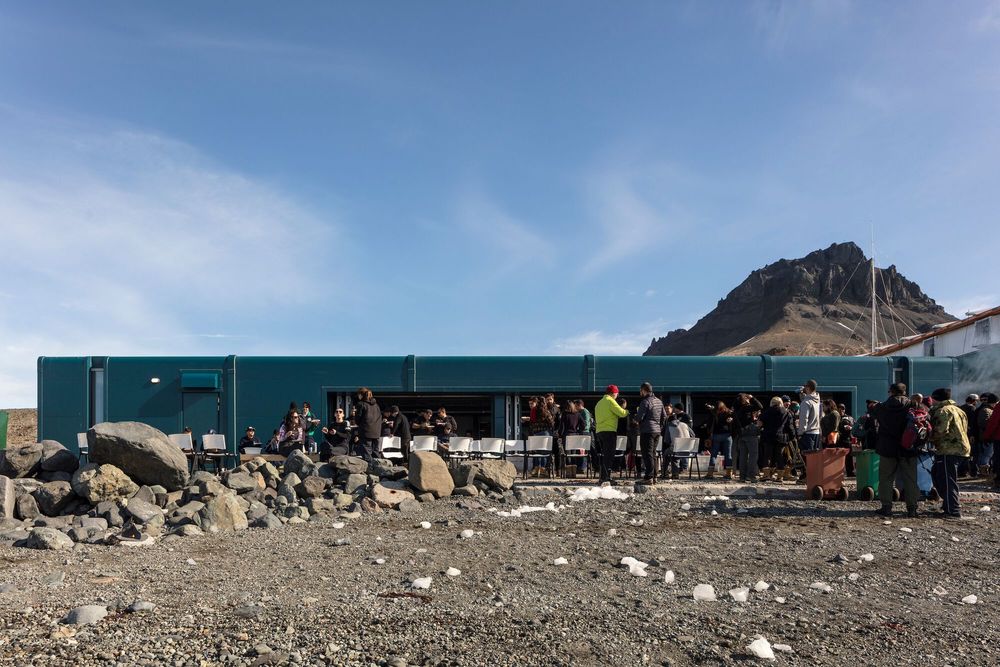
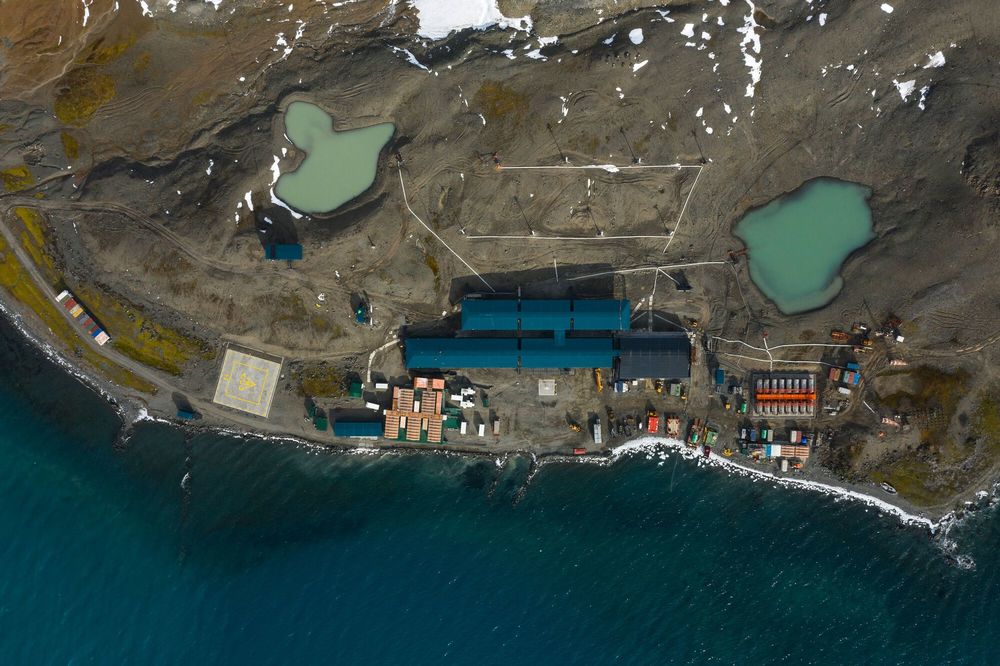

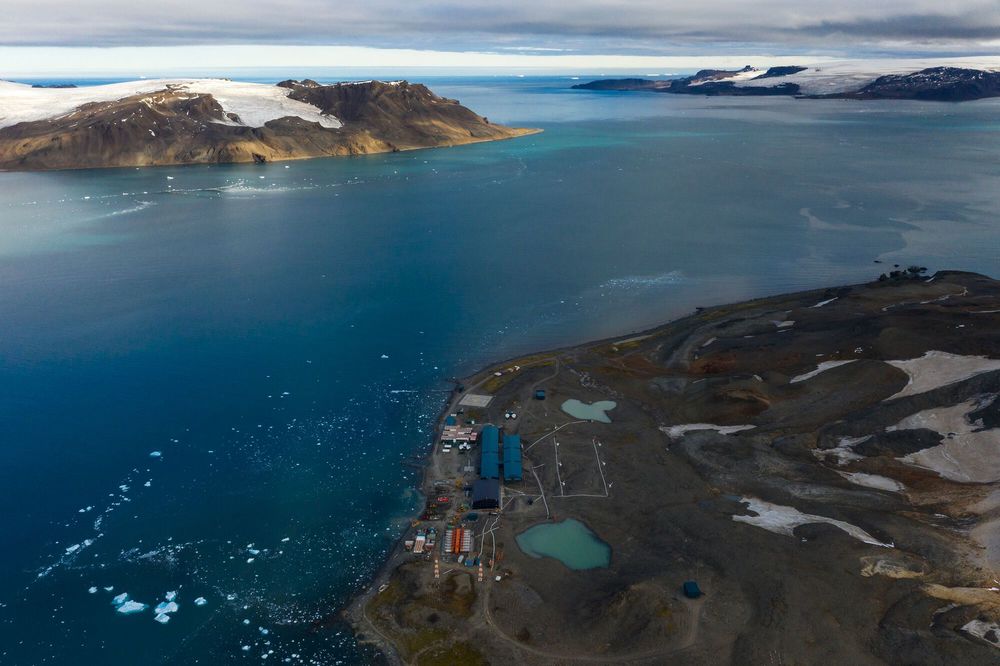
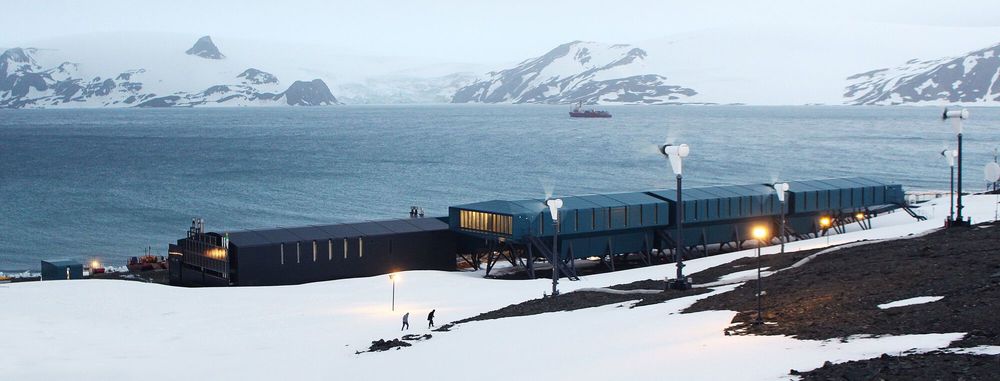
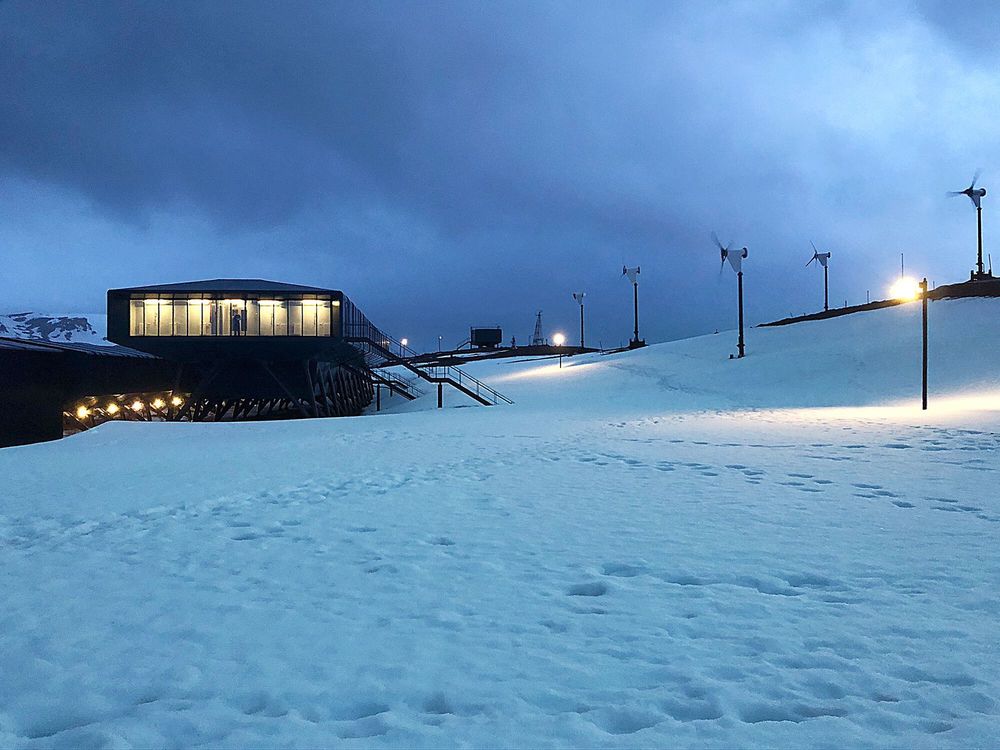
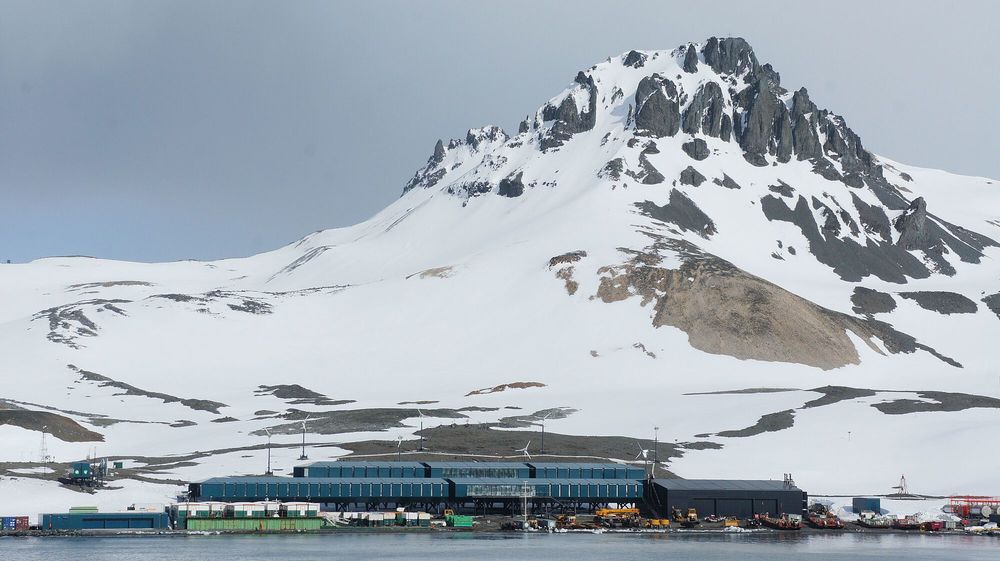
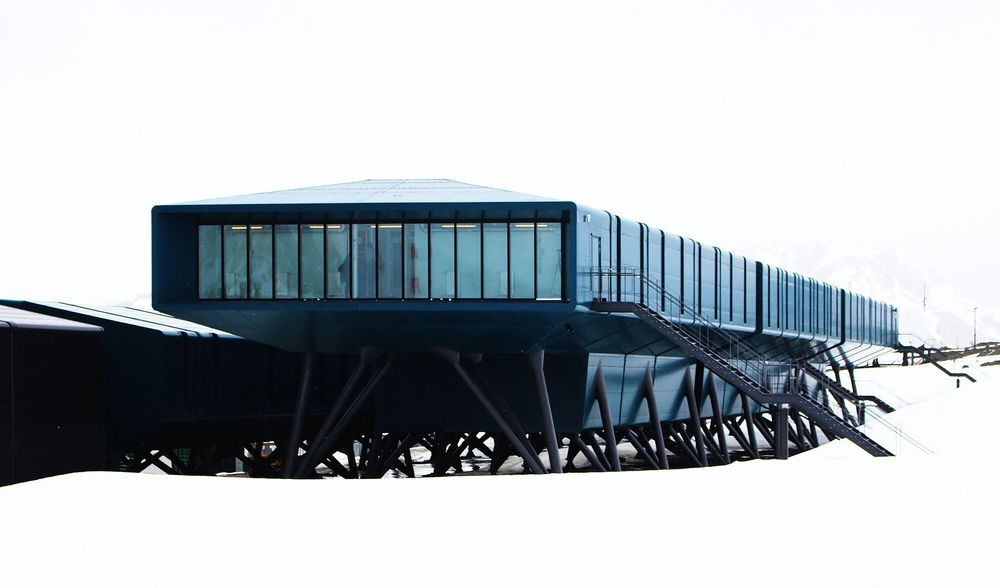
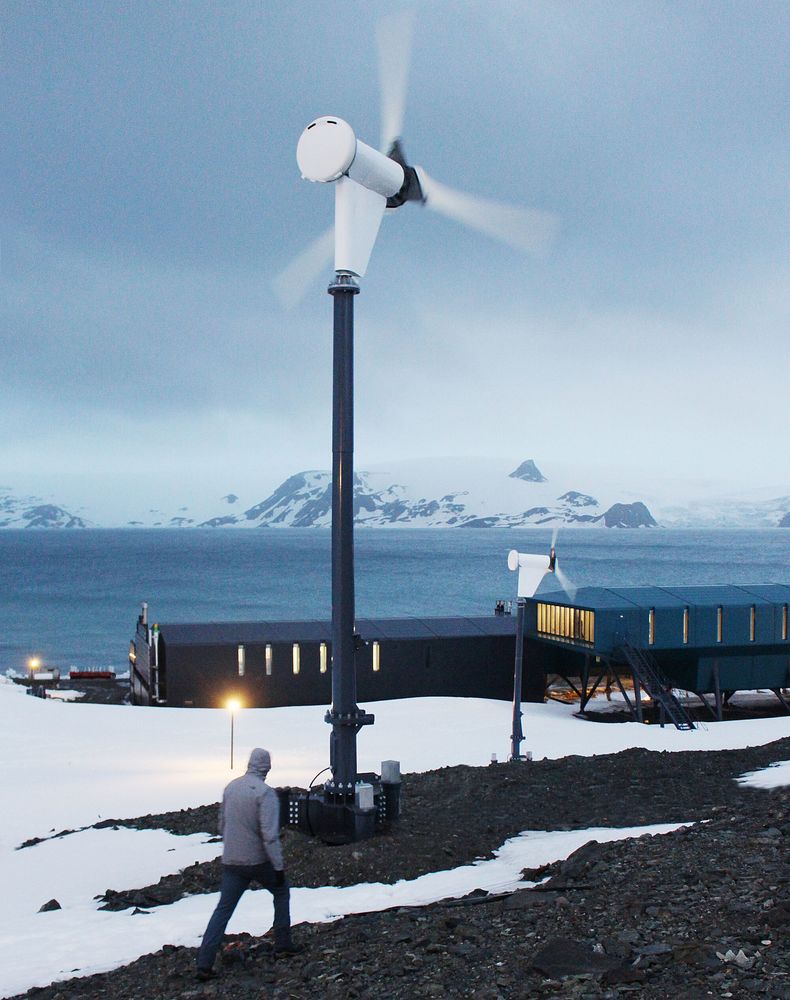
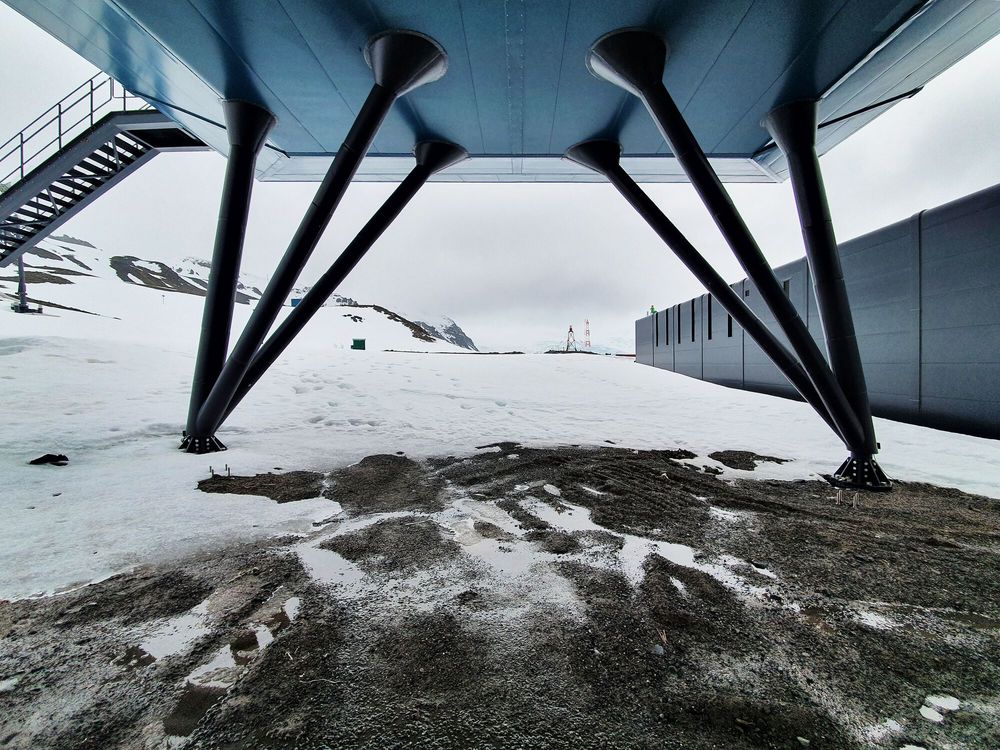

Project location
Address:King George Island, Keller Peninsula, Antarctica

